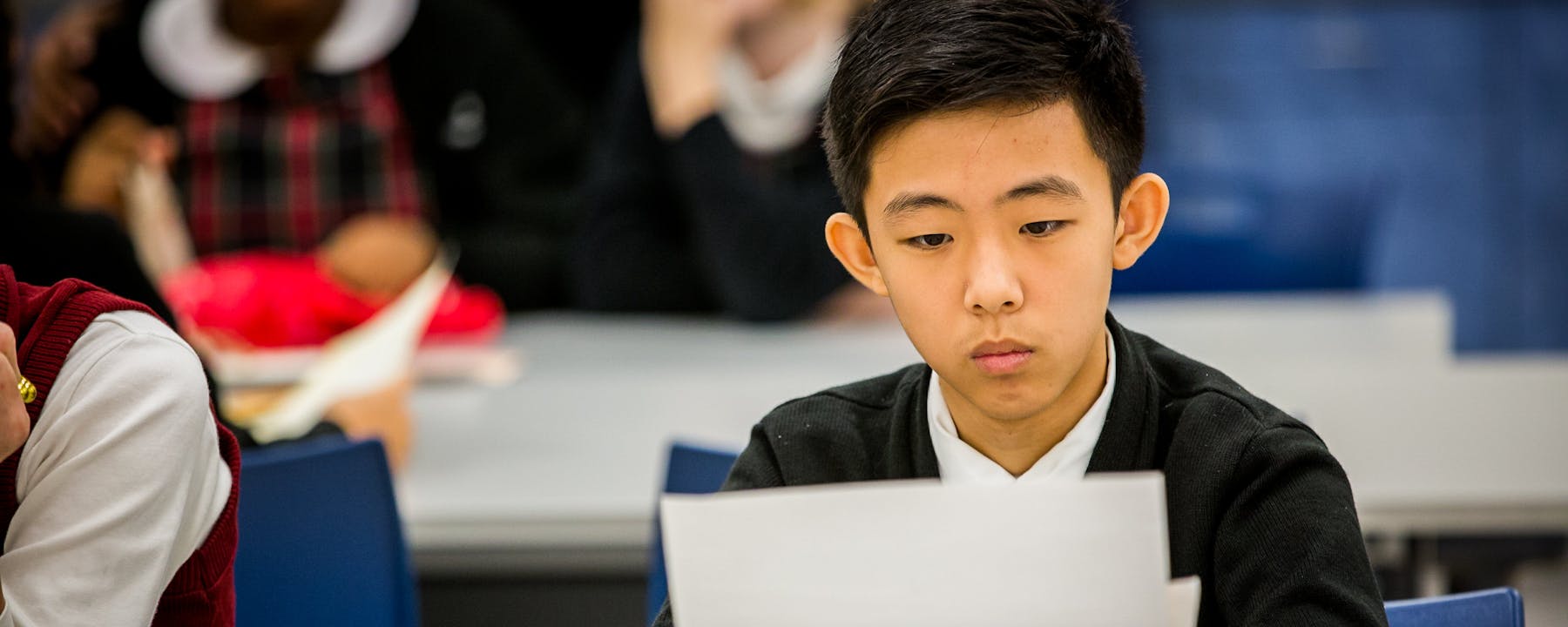
Historical Thinking Strategies
Engage in the study of history and our present day through a critical lens.
As a Museum, we are dedicated to providing the resources and support you need today, and every day, to make meaning of history with your students. Most importantly, as a history museum, we encourage the use of historical thinking strategies to engage in the study of history and our present day through a critical lens.
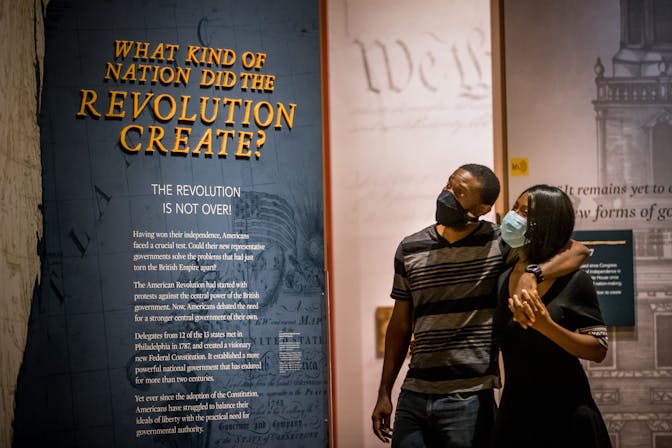
We orient our galleries and experiences using four core questions:
1. How do people become Revolutionaries?
2. How did the Revolution survive its darkest hour?
3. How Revolutionary was the War?
4. What kind of nation did the Revolution create?
At heart, we all use similar starting points: Who? What? When? Where? Why? How? Historical thinking strategies push us to dig into these questions critically.
How would you teach this moment using the same rigor with which you and other historians have studied and taught the American Revolution?
Who are the people of this moment in time? What are their stories? How do we know what we know about them? What are each of their roles in this moment?
What exactly is taking place? What is the timeline of events? Where are things happening? How do we know what is happening – from where are we getting our information?
What are the roots of this moment? What led up to this week? Could it have been prevented or was it inevitable?
What primary sources can we study to learn more? Who are their intended audiences? When were they created, and why? What is their perspective?
What artifacts are being created from this moment? By whom were they created or used, and are they representative of all participants?
You will surely have key questions to add to this list.
Museum Resources for the Current Moment
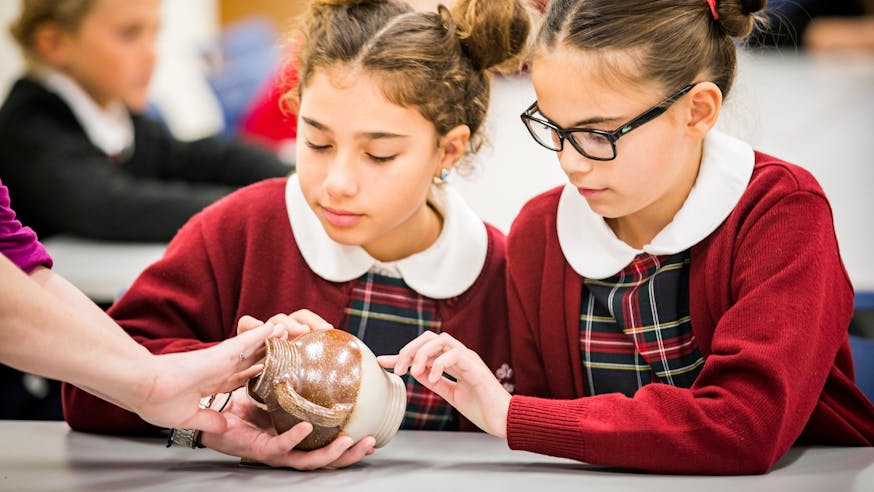
Mini Lesson Plans
Free downloadable mini lesson plans that explore topics including the role of museums, types of revolutions, and the people, causes, events, and repercussions of the American Revolution. They are targeted at the middle school level but can easily be adapted for upper elementary and high school students.
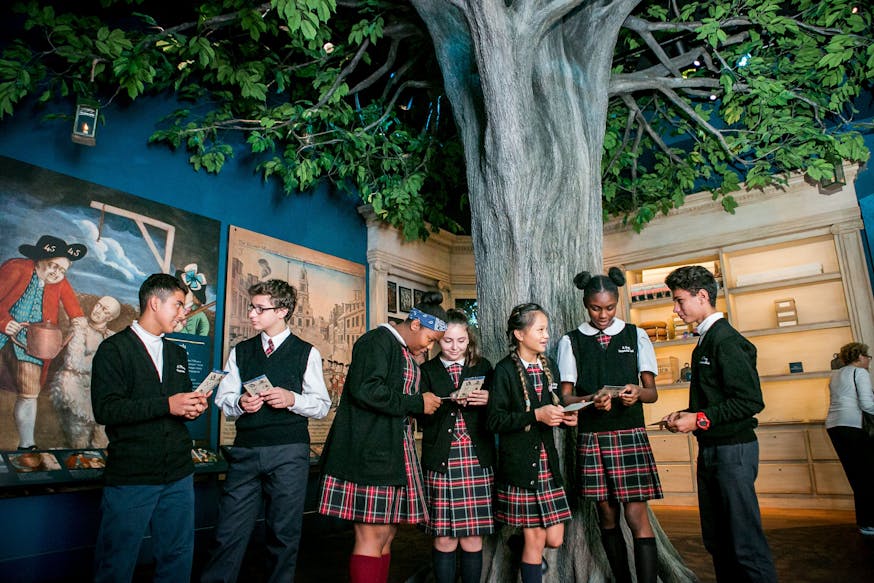
Teacher Resource Guides
Teacher Resource Guides featuring modular activities and supporting materials to help your students explore questions like What is a Revolution? and Is the Revolution Over?, or using Alexander Hamilton’s involvement in dueling and the Whiskey Rebellion to explore conflict resolution and protest.
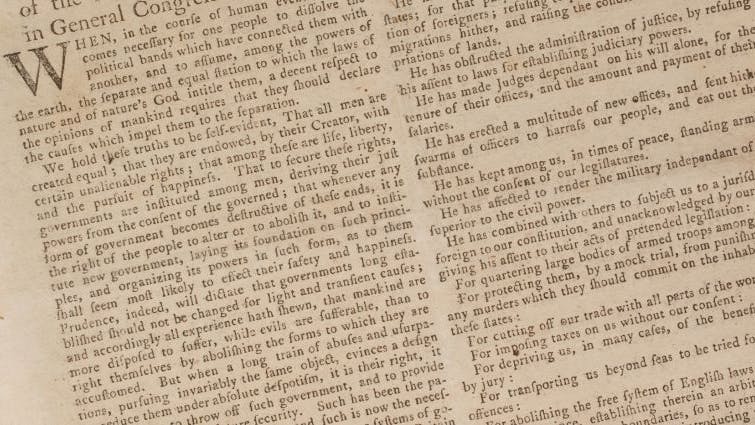
Read the Revolution
Read the Revolution curated book excerpts encouraging discussion around complex issues of the American Revolution and its memory. Selections have included Our Declaration: A Reading of the Declaration of Independence in Defense of Equality, by Danielle Allen; The Boston Massacre: A Family History, by Serena Zabin; Revolutionary Dissent: How the Founding Generation Created the Freedom of Speech, by Stephen D. Solomon; and The Expanding Blaze: How the American Revolution Ignited the World, 1775-1848, by Jonathan Israel, among others.
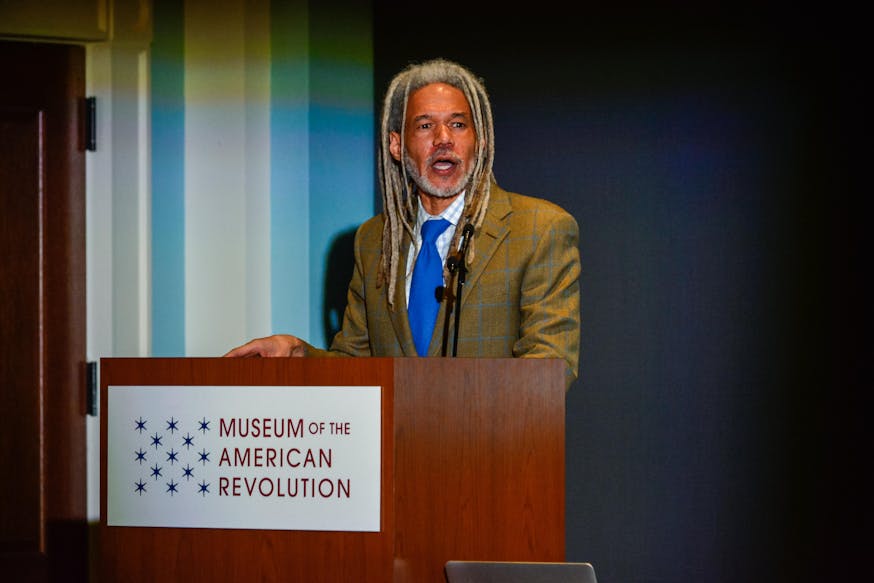
WATCH: Read the Revolution with Vincent Brown
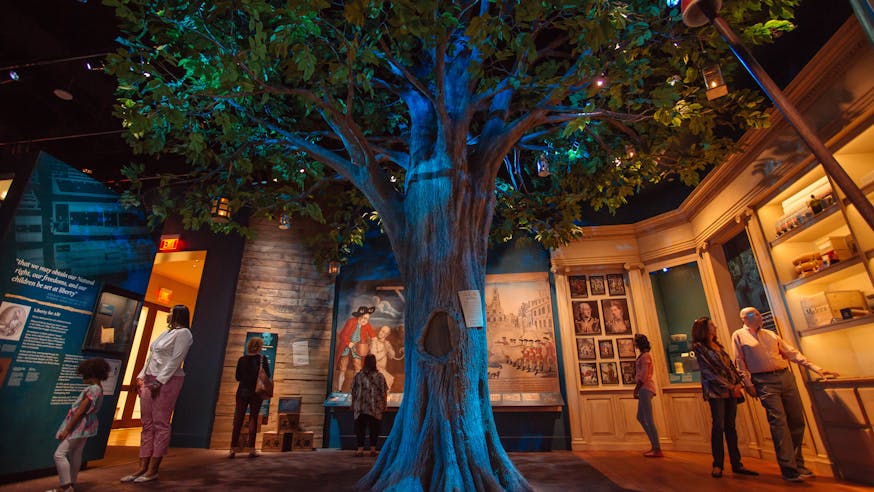
Virtual Museum Tour
Experience the Museum’s award-winning, immersive galleries with our newly enhanced Virtual Museum Tour featuring 360-degree, high-resolution images and guided audio tour.
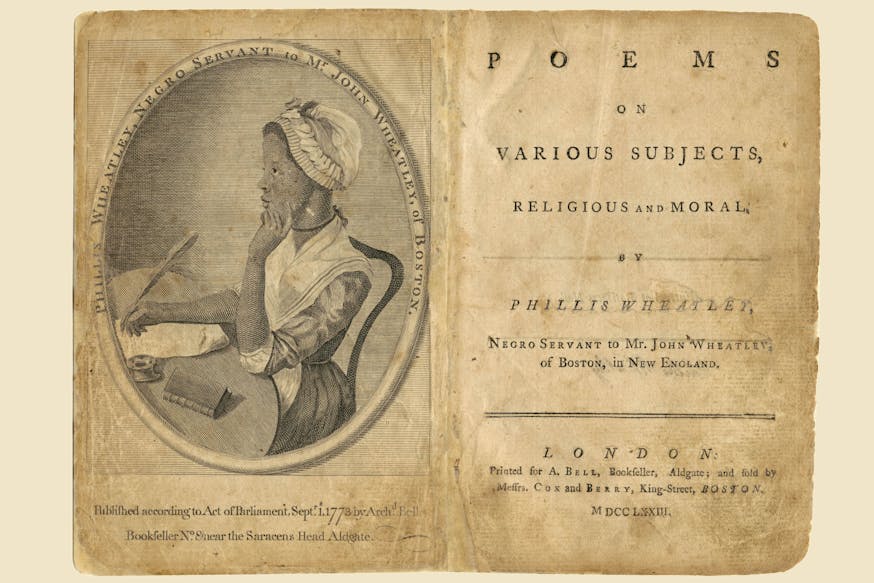
Collection Highlights
Take a closer look at high-quality images of highlights from our collection, including objects such as a signed first edition of Phillis Wheatley’s Poems on Various Subjects Religious and Moral and an original newspaper printing of the Declaration of Independence.
External Resources for Contextualizing Protests for Respecting Black Lives
In addition to the Museum's educational resources, here are several external resources to help contextualize the protests for respecting black lives organizing across the United States.
About the Black Lives Matter Movement
Examining Police Violence and Race in the United States
Discussing and Promoting Racial Equity in Schools
We hope that you will find these useful as you carry on the very important work of helping your students understand and contextualize moments of national unrest and social change. Please contact us at [email protected] with questions, suggestions and examples of lesson plans and student work.